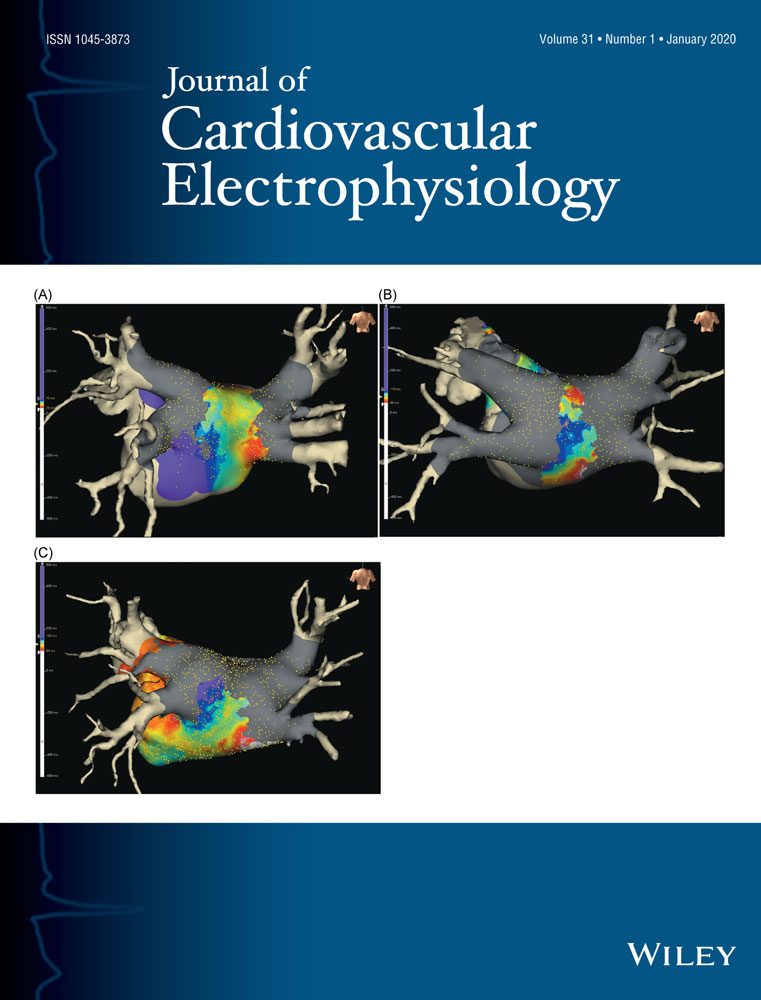Characteristics of the nonpulmonary vein foci induced after second-generation cryoballoon ablation for paroxysmal atrial fibrillation
Disclosures: None
Abstract
Introduction
Pulmonary vein isolation (PVI) using cryoballoon is effective for patients with paroxysmal atrial fibrillation (PAF); however, few reports have evaluated the non-pulmonary vein (PV) foci after cryoballoon ablation. We aimed to evaluate the characteristics of non-PV foci and predictors of atrial fibrillation (AF) recurrence after cryoballoon ablation.
Methods and Results
This was a single-center retrospective study of 647 patients with PAF who underwent initial PVI using a second-generation cryoballoon. After PVI, all patients underwent high-dose isoproterenol infusion to assess the existence of non-PV foci. Non-PV foci were observed in 211 patients (32.6%), which were most frequently observed in the superior vena cava. Higher age (odds ratio [OR] = 1.02; 95% confidence interval [CI] = 1.00-1.04; P = .025), female sex (OR = 1.65; 95% CI = 1.13-2.41; P = .009), and lower body mass index (OR = 0.95; 95% CI = 0.89-1.00; P = .049) were significantly associated with non-PV foci. The existence of non-PV foci was an independent predictor of AF recurrence (Hazard's ratio = 1.70; 95% CI = 1.12-2.60; P = .014). When non-PV foci were mappable and successfully ablated, patients with non-PV foci showed similar outcomes with those without non-PV foci (1-year AF-free survival rates of 88.5% vs 91.5%; P = .338). Conversely, when we failed to detect and eliminate non-PV foci because they had multiple origins and were not consistently inducible (multichanging non-PV foci), the 1-year AF-free survival rate was 56.4% even after substrate modification.
Conclusion
Non-PV foci were observed in one-third of patients with PAF after cryoballoon ablation and were associated with AF recurrence. Catheter ablation for non-PV foci was effective when they were mappable; however, multichanging non-PV foci were associated with worse prognosis.




